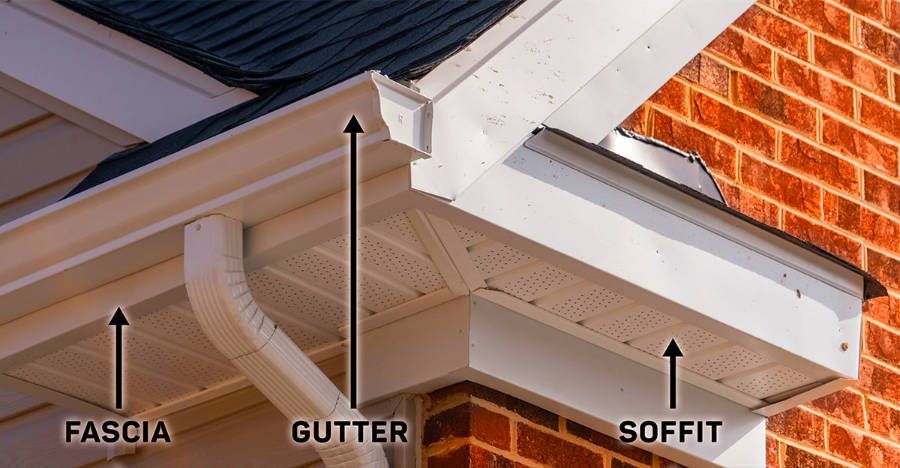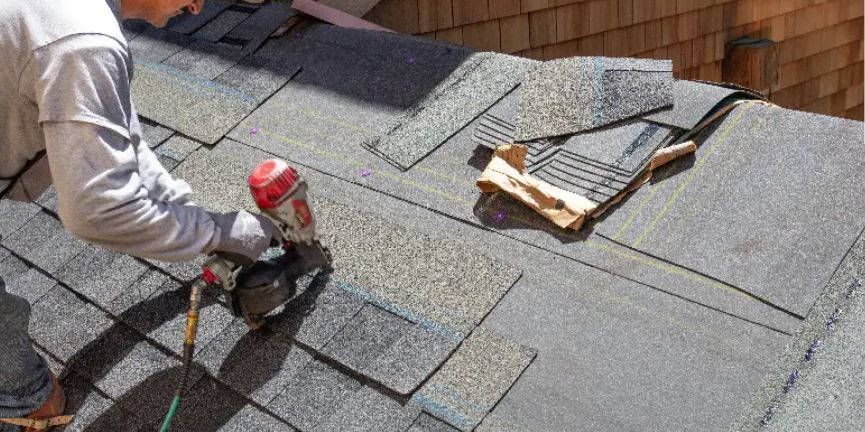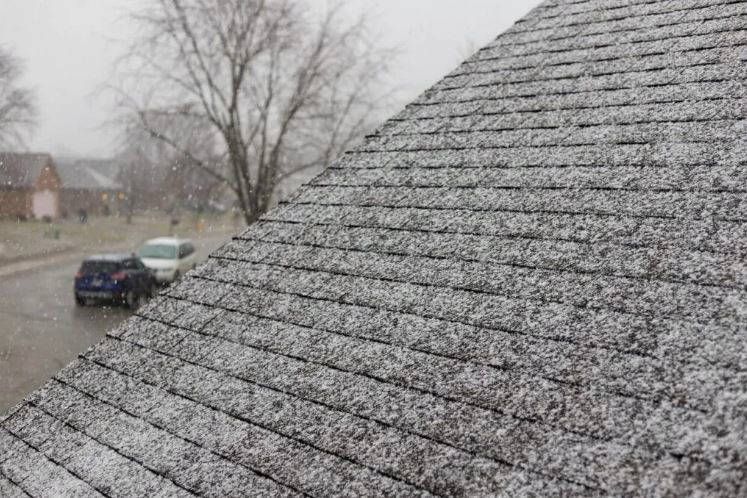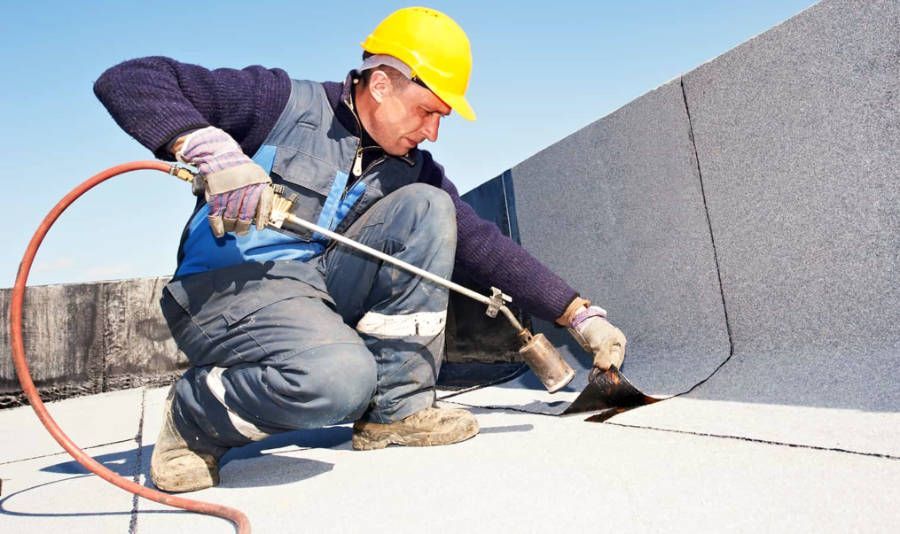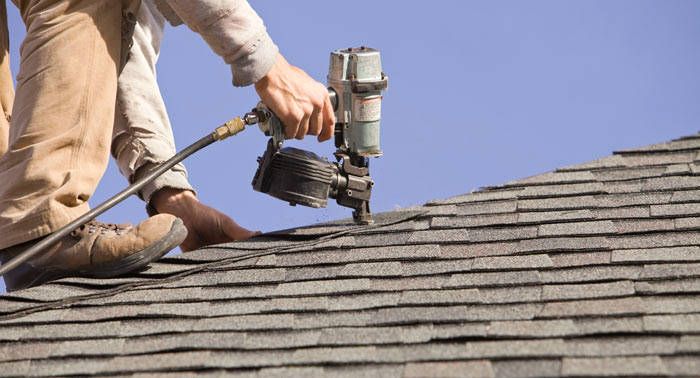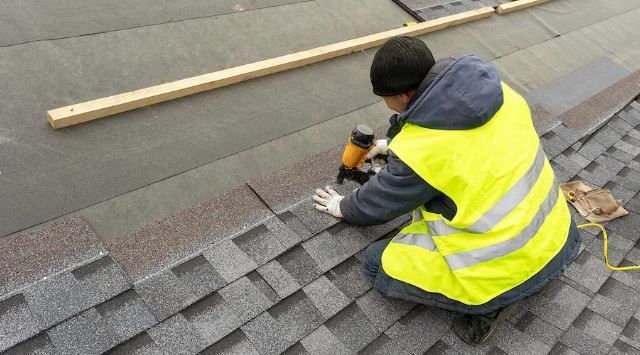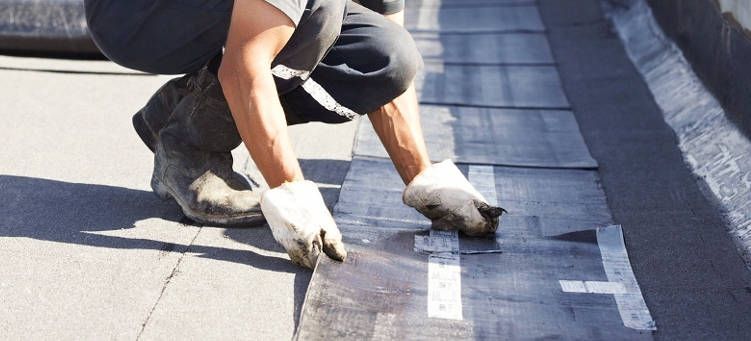Everything You Need to Know About Flat Roofing Replacement

Flat roofs are a popular choice for both commercial and residential properties due to their modern look, cost-effectiveness, and functionality. However, like all roofing systems, flat roofs require regular maintenance and, eventually, replacement when signs of wear and tear become evident. In this comprehensive guide, we cover everything you need to know about flat roofing replacement, including the types of flat roofing systems, warning signs, the replacement process, and essential maintenance tips.
Types of Flat Roofing Materials
Built-Up Roofing (BUR)
Built-up roofing is a traditional, multi-layered flat roof system composed of asphalt or tar combined with reinforcing materials like fiberglass.
Modified Bitumen Roofing
This system blends asphalt with rubber or plastic modifiers, offering increased flexibility and resistance to temperature changes. Modified bitumen roofing is ideal for regions with harsh weather and is commonly used in flat roof installations.
EPDM Roofing
EPDM roofing (ethylene propylene diene monomer) is a rubber-based material known for its long life, UV resilience, and low maintenance requirements. It’s a go-to option for flat roof replacement projects due to its reliability and cost efficiency.
PVC Roofing
PVC (polyvinyl chloride) is a single-ply roofing membrane that offers excellent fire resistance, chemical durability, and energy efficiency. Its heat-welded seams provide a watertight seal, making it a top choice for commercial and industrial flat roofs.
TPO Roofing
TPO roofing (thermoplastic olefin) is a lightweight, energy-efficient membrane that reflects UV rays and resists chemical exposure. It’s a sustainable choice for those seeking environmentally friendly flat roofing solutions.
Signs You Need a Flat Roof Replacement
Age and Wear
Most flat roofs last between 10 and 30 years depending on the material. If your roof is nearing the end of its anticipated life, it is time to contact a professional roofing contractor.
Persistent Leaks and Water Damage
Water stains, damp ceilings, and mold growth indicate serious roofing issues. Prompt action is necessary to prevent interior and structural damage.
Pro Tip: Pair your flat roof repair or replacement with tuckpointing and masonry services to prevent water infiltration in your building’s brickwork. Deteriorating mortar joints can allow moisture to enter and weaken the structure. Tuckpointing restores your masonry’s appearance and strength, while enhancing its water resistance.
Mold, Mildew, and Musty Odors
Trapped moisture in roofing layers can promote mold and mildew growth, posing health risks and damaging the roof further. If detected, have your flat roof inspected immediately.
Ponding Water
If water pools on your flat roof for more than 48 hours, it may indicate poor drainage. Prolonged ponding accelerates membrane deterioration and structural weakening, often requiring a full flat roof replacement.
Sagging or Uneven Surfaces
A sagging or uneven roof can be a sign of compromised support beams, trapped moisture, or deteriorated materials. This issue typically necessitates a complete replacement to avoid collapse or further damage.
The Flat Roof Replacement Process
1. Roof Inspection
A thorough inspection by a certified roofing contractor will help determine the extent of damage and whether repair or full replacement is necessary.
2. Choosing the Right Roofing Materials
Consider factors like lifespan, energy efficiency, maintenance, and climate conditions when selecting roofing materials. Professional advice ensures you get the best fit for your structure and budget.
3. Hiring a Professional Roofing Contractor
Proper installation is key to long-term performance. A licensed and insured contractor brings expertise, adheres to local building codes, and provides warranties on workmanship and materials.
4. Removing the Existing Roof
Old materials are stripped down to the roof deck. This ensures the new system is built on a clean, stable foundation.
5. Installing the New Flat Roof
Your chosen roofing system is installed, complete with underlayment, insulation, sealing membranes, and flashing to protect seams and joints.
Maintenance Tips for Flat Roof Longevity
- Regular Inspections
Schedule inspections at least twice a year, preferably in spring and fall, to identify and address minor issues before they escalate.
- Keep the Roof Clean
Remove debris like leaves and branches to avoid clogging drains and causing water to accumulate. Clean flat roofs last significantly longer.
- Address Minor Issues Promptly
Cracks, blisters, and loose seams should be repaired immediately to prevent leaks or structural deterioration.
- Ensure Efficient Drainage
Make sure gutters, downspouts, and scuppers are clean and functioning. Poor drainage is one of the leading causes of flat roof collapse.
Final Thoughts
Replacing a flat roof is a significant investment, but it's crucial for maintaining the safety, efficiency, and appearance of your property. By understanding the various flat roofing options, recognizing the signs of roof failure, and hiring a qualified roofing contractor, you set your project up for long-term success. Don’t forget, regular maintenance plays a critical role in maximizing the value and durability of your new roof.
Whether you're planning a commercial flat roof replacement or upgrading your home's flat roof system, proactive care and professional support will ensure lasting performance.



